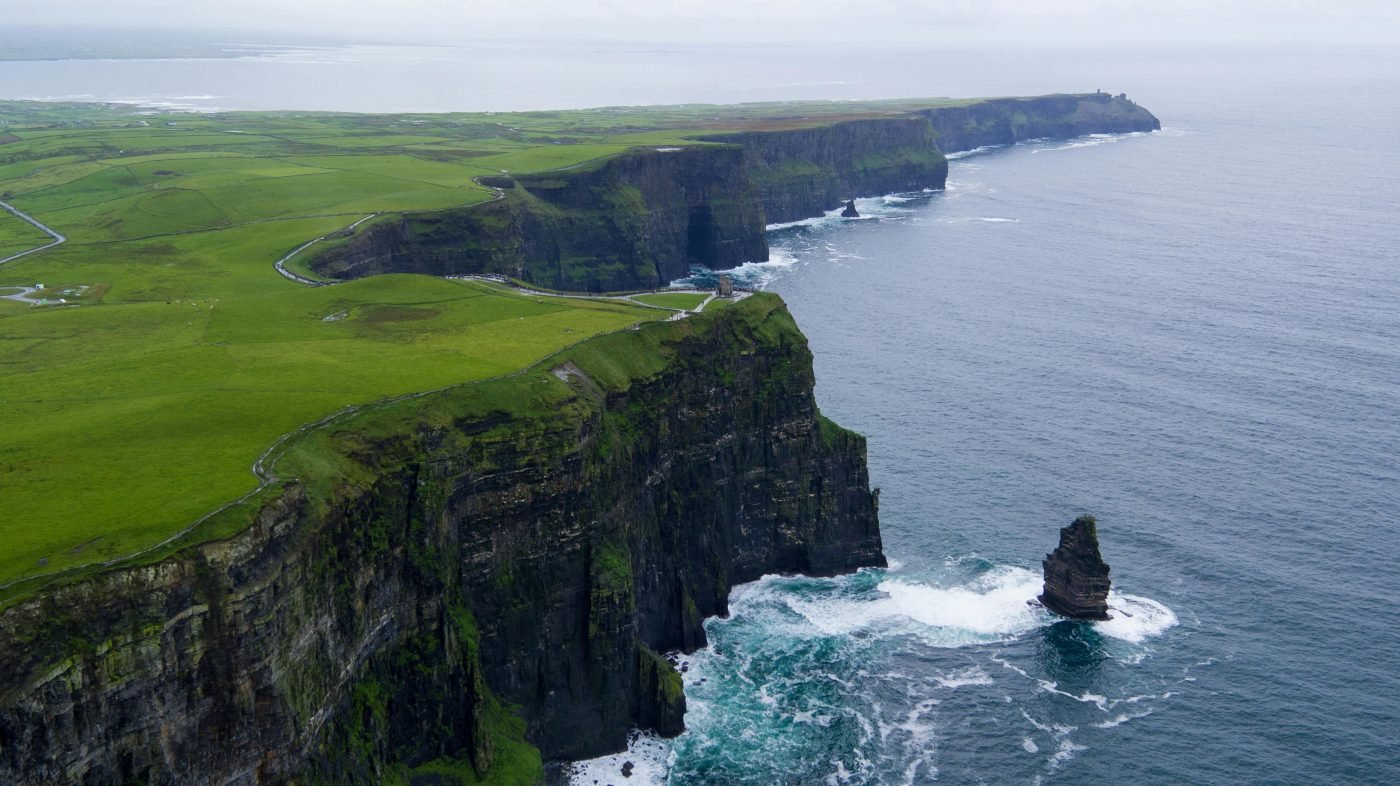Uncategorized
Maureen O’Hara and the Legacy of Irish Womanhood
The Forgotten Legacy of Maureen O’Hara: How the Queen of Technicolor Redefined Irish Womanhood
Estimated reading time: 7 minutes
Key Takeaways
- Maureen O’Hara was a pioneering figure for Irish women in film.
- Her roles showcased strength, defiance, and representation of Irish heritage.
- O’Hara’s legacy continues to inspire modern gender equality movements.
Table of Contents
Introduction
The Heart of the Story
The Wider Echo
The Now & The Next
Did You Know?
FAQs
Final Word
Introduction
In a world teetering between traditionalist values and the nascent breath of feminism, Maureen O’Hara stood like a lighthouse on the rugged cliffs of the Irish spirit. Her flame-red hair and fierce independence burst forth onto the silver screen, igniting a revolution in how Irish womanhood was viewed. But beyond the glamour, her roots in the heart of County Dublin echo stories of resilience, courage, and a search for identity.
The Heart of the Story
Born in Dublin in 1920, Maureen O’Hara’s journey began in a city steeped in history and storytelling. Her childhood was layered with whispers of old folklore and the hum of urban life. Though her remarkable career took her across the world, leaving behind the cobblestone streets of Dublin, the essence of her Irish heritage never wavered. O’Hara became the epitome of the fierce, fiery woman, often playing characters who embodied strength and tenacity—qualities that resonated deeply with the Irish diaspora seeking representation and strength through adversity, much like the spirit of those leaving Dublin for new shores.
The Wider Echo
But O’Hara’s legacy transcends film; she forged pathways for women, demonstrating that strength was not confined to the boundaries of gender or culture. Films like “The Quiet Man” showcased her as an empowered force opposite John Wayne, a portrayal that shattered stereotypes and set new standards for female roles. In the 1940s and ’50s, she stood defiant against the Hollywood machine that often reduced women to mere love interests. Instead, she brought forth women who could command the screen with wit and passion, creating a ripple that resonated across continents. Her influence reminds us of the ongoing fight for equality, especially significant in a time when gender roles are again being challenged.
The Now & The Next
As Ireland grapples with contemporary issues—housing crises, gender inequality, and the legacy of emigration—O’Hara’s story remains vital. Today’s young women look to her as a beacon in the fight against societal expectations, championing their right to be fierce, fearless, and unapologetically themselves. Whether it’s the rugby teams from IRFU representing strength on the field or the voices calling for justice in the streets, O’Hara’s spirit thrives within them, reminding us all that to be Irish is to be resilient, bold, and passionate.
Did You Know?
- Maureen O’Hara was voted as the 19th greatest actress of all time by the American Film Institute.
- Despite her Hollywood fame, O’Hara remained deeply connected to her Irish roots, often visiting Ireland and advocating for its beauty and culture.
FAQs
What were some of Maureen O’Hara’s most famous films?
O’Hara starred in classics such as “The Quiet Man,” “Miracle on 34th Street,” and “How Green Was My Valley,” each showcasing her extraordinary talent.
How did Maureen O’Hara influence modern Irish actors?
O’Hara paved the way for a generation of Irish actors, proving that Irish women could not only act but also lead and command roles in high-profile films, inspiring figures like Saoirse Ronan and Cillian Murphy.
Final Word
Maureen O’Hara’s legacy is a tribute to all the women who dared to defy expectations, to rise with courage and passion. As we celebrate her life and memory, we acknowledge the ongoing journey for equality and recognition that still defines our times. If you carry the same pride we do, you’ll find a piece of home waiting at
HubIrish.com.

